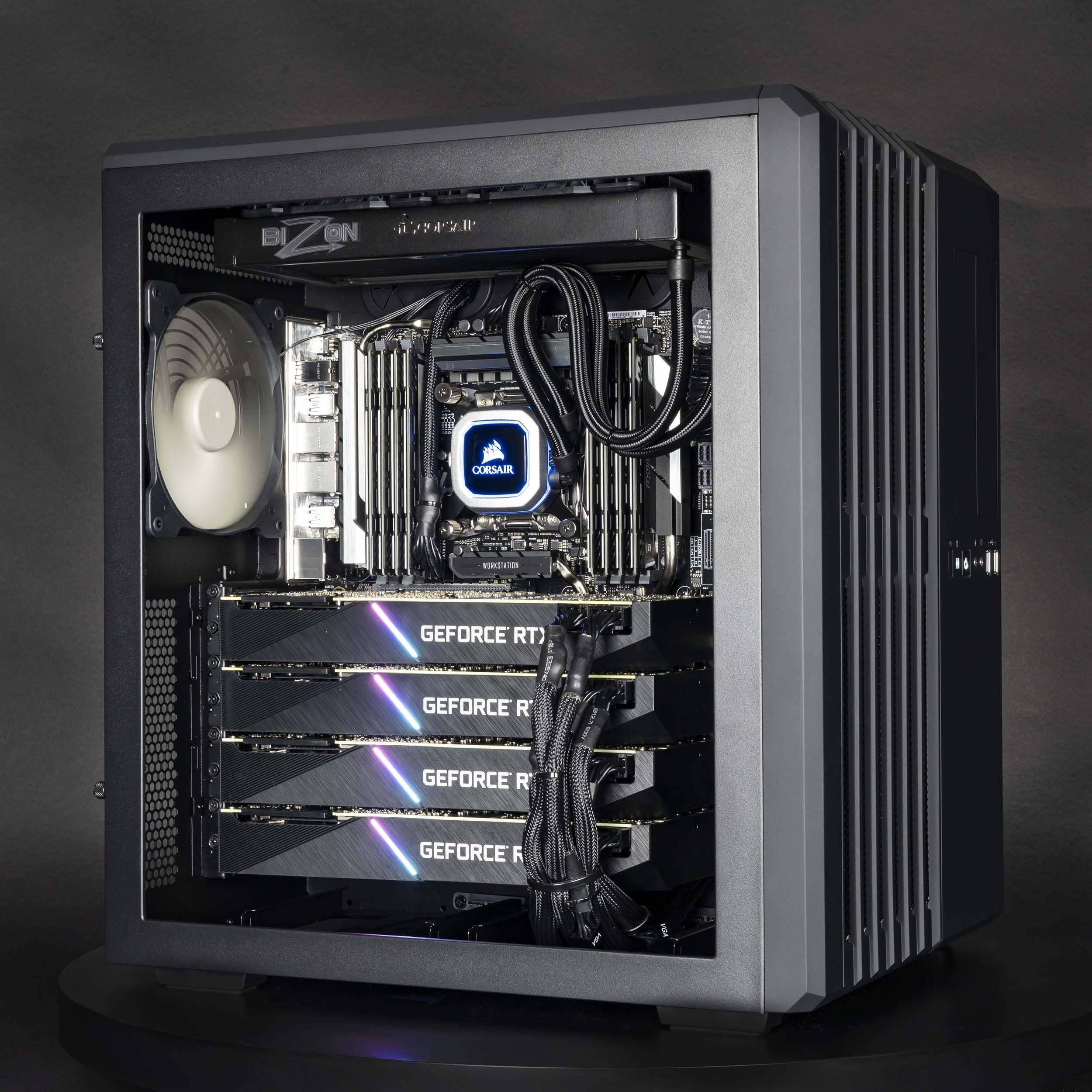

After completion of the 3D modeling process, the models are rendered using computer graphics techniques including materials painting, texture mapping, etc. The virtual models are firstly modeled using 3D modelling tools to create the object 3D geometries. In general, the development process is developed into three major steps including modeling, texture painting and VR programming. Figure 1 shows the flow chart of the VR program development.

The VR models are used to create the virtual scenes used in the VR program. The development of VR models is divided into several key procedures. We will compare the difference of these techniques and their visual effects.

The techniques in computer modeling and graphics are particularly important for real-time and realistic interaction in VR. Therefore, in Section 3, we will describe some of the key modeling techniques used in VR. These techniques include shading and mesh editing modifiers.
#Best computer for 3d modeling and rendering maya 2017 software
We will present the key computer modeling, computer graphics and VR programming software and tools. In Section 2, we aim to review the major software in 3D modeling and rendering in computer graphics. We would like to organize this book chapter as following sections. As a consequence, the computation requirements and the flow of big data in VR is very demanding not only due to the need for real-time interaction, wireless connection, data inter-exchange, but also due to the greater expectations in computer graphical effects, realistic 3D models and infectant of virtual environments. Despite VR technologies have been developed for many years, the development of computer hardware and the 5th generation (5G) mobile network bloomed the 5Vs of the data flow including volume, velocity, value, veracity and variety. The techniques not only apply to the development of virtual models for computer simulation, virtual reality (VR), augmented reality (AR), mixed reality (MR), etc., but also it can be applied to many various application such as artificial intelligence (AI), big data analytics, etc. Due to the era of digital information technologies, 3D modeling and computer graphics techniques drive the explosive growth and becoming crucially important in the recent years. Nevertheless, increasing the visual realism in VR is not an easy task because it is not only due to artist’s sense of the design engineers but also due to the drawback between the realistic VR environment and the demanding computation requirement of real-time interaction in VR.ģD modeling and computer graphics techniques have been developed for several decades. No matter what kind of application to be applied by the VR, the visualization effect and computer graphics are critical to enhance the engagement of participants and thus increases the education and training effectiveness. VR not only provides immersive stereoscopic visualization of virtual environments and sound effects, but participants can also interact with virtual objects and environment with haptic feedback. It is expected that education and training is one of the leading sectors in the coming 5 years. The compound annual growth rate for VR revenue is expected to grow more than fifty percent from 2018 to 2023. In the past few decades, virtual reality (VR) has been widely used in many different areas including entertainment, education and training, manufacturing, medical and rehabilitation. The techniques are particularly important in the development of 3D models to satisfy the demanding computation requirement of real-time interaction in VR program. The key techniques including smoothing techniques and mesh editing modifiers are not only useful for the designers to learn the 3D modeling process, but it also helps to create less complex mesh models maintaining good visual effects. However, the computer graphics effect and visual realism are usually the trade-offs with the real-time and realistic interaction in VR. In this book chapter, we would like to review the general flow of the VR program development process, and the recent 3D modeling and texture painting techniques used in VR. On the other hand, we would introduce some of the key 3D modeling and computer graphics techniques that can be applied in VR in order to enhance the speed of interaction. In the era of digital information technologies, 3D modeling and computer graphics techniques not only apply to the development of virtual models for computer simulation, artificial intelligence (AI), big data analytics, etc., but also they can be applied in many different applications in virtual reality (VR).


 0 kommentar(er)
0 kommentar(er)
